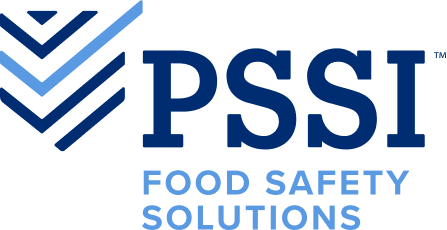All living things need food, and bacteria are no different. Bacteria, like humans, generally have favorite foods; though, not necessarily ice cream or cheeseburgers but rather carbon, hydrogen, nitrogen, oxygen, phosphorus, and sulfur. These nutrients are needed in large quantities for cellular functions and to maintain basic cell structure.
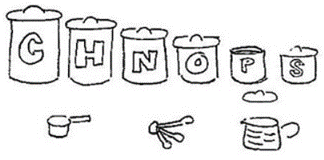
Some types of bacteria are autotrophs, meaning they make their own food. Cyanobacteria are like plants in that they use chlorophyll to capture sunlight for energy. Bacteria that cannot produce their own food are called heterotrophs and must get their energy from organic material. Foodborne pathogens and spoilage organisms are heterotrophs and can consume food from the production environment.
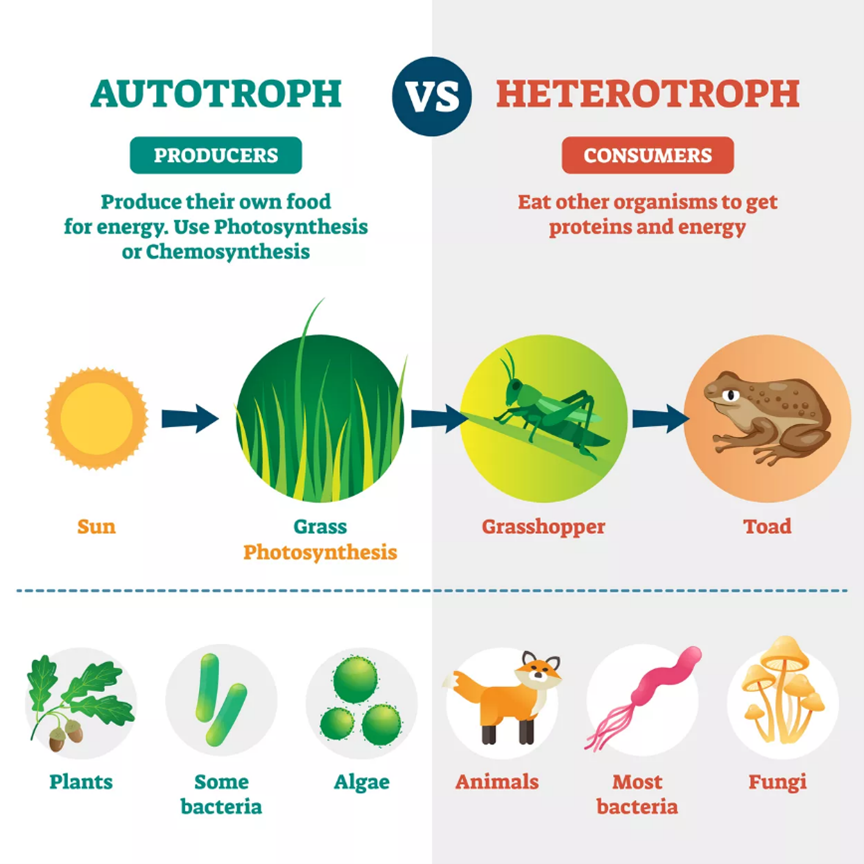
But bacteria don’t have mouths! How do they eat? What we typically think of as eating is simply a way to uptake nutrients. Bacteria uptake nutrients by moving them from outside the cell to inside the cell. This act of moving molecules across the cell membrane is called transport. Bacteria can transport some nutrients passively into the cell, which does not require energy. However, many nutrients do require energy to be brought inside the cell, and the energy molecule ATP is one source that helps with this active transport.
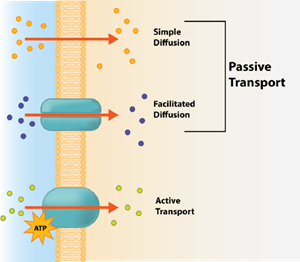
In food facilities there are plenty of nutrients, but they are trapped in whole food form. How do bacteria actually eat the food we see in production areas? Bacteria produce enzymes and release them into their surroundings. Enzymes break down the larger food particles into smaller, usable nutrient molecules. Bacteria are then able to uptake the broken down nutrients.
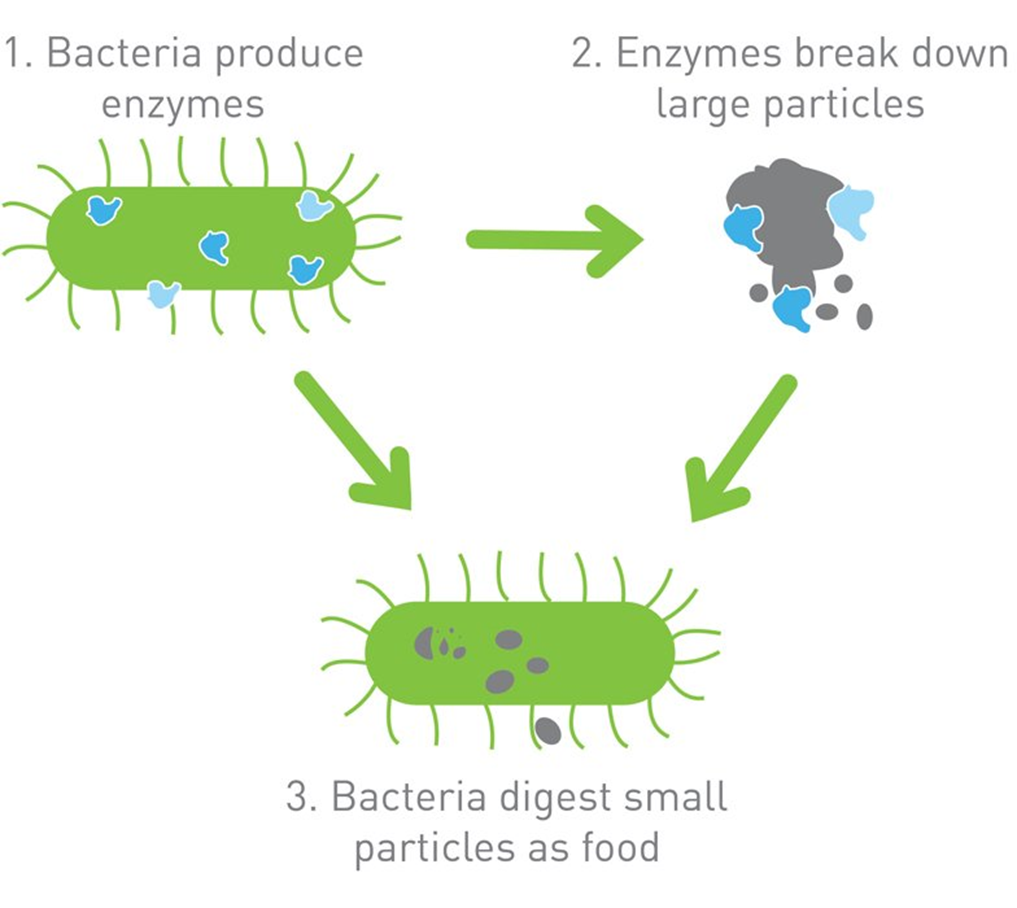
Bacteria can thrive in food facilities because of the abundance of available nutrients. During production it is impossible to remove the nutrient source, so the next best thing is to limit the presence of bacteria. Each sanitation cycle should reset the processing area to a fresh slate, free of bacteria and their food source.
